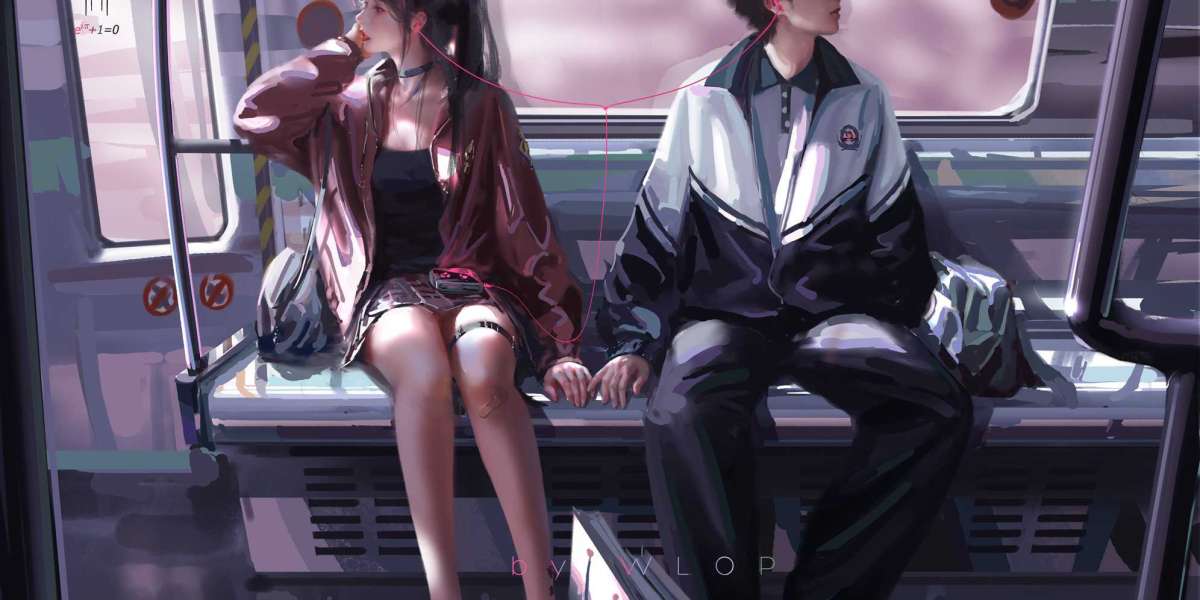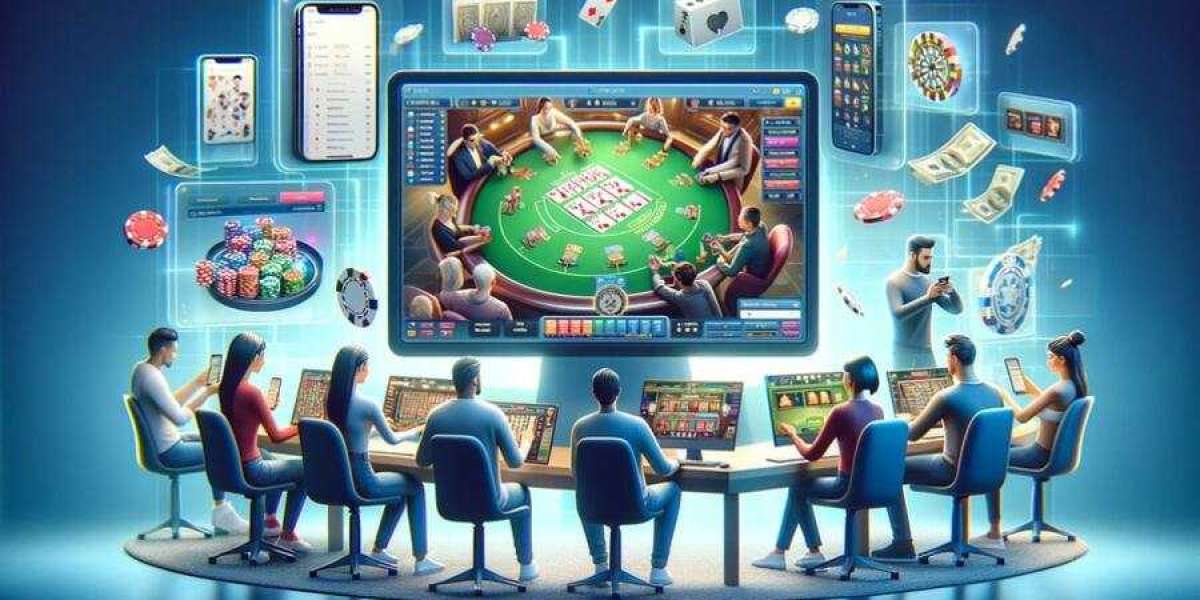Visual inspection has always been a crucial aspect of various industries, ensuring quality control and identifying defects in products. With the advent of GPT-enabled cameras, the landscape of visual inspection has undergone a significant transformation, revolutionizing the way we perceive and utilize visual data.

The Evolution of Visual Inspection
Traditionally, visual inspection relied heavily on human intervention, making it subjective and prone to errors. However, the integration of GPT-enabled cameras has ushered in a new era of objectivity and precision. These cameras are equipped with advanced artificial intelligence (AI) capabilities, allowing them to interpret visual data with remarkable accuracy and efficiency.
Enhanced Accuracy and Efficiency
One of the most notable advantages of leveraging GPT-enabled cameras in visual inspection is the enhanced accuracy and efficiency they offer. These cameras can analyze and interpret visual data in real-time, significantly reducing the margin of error and increasing the speed of inspection processes. This level of precision is invaluable in industries where even the slightest defect can have far-reaching consequences.
Applications Across Diverse Industries
The impact of GPT-enabled cameras in visual inspection extends across a wide range of industries, including manufacturing, healthcare, automotive, and more. In the manufacturing sector, these cameras play a pivotal role in quality control, ensuring that products meet stringent standards before reaching the market. In healthcare, they aid in medical imaging and diagnostics, enabling healthcare professionals to make more accurate assessments and diagnoses.
The Future of Visual Inspection
As the capabilities of GPT-enabled cameras continue to evolve, the future of visual inspection looks increasingly promising. These cameras are poised to become even more adept at identifying complex patterns and anomalies, further enhancing their utility in diverse applications. Additionally, the integration of GPT-enabled cameras with other emerging technologies such as augmented reality (AR) and the Internet of Things (IoT) holds immense potential for creating seamless and interconnected inspection systems.
In conclusion, the integration of GPT-enabled cameras has brought about a paradigm shift in the realm of visual inspection. Their ability to analyze and interpret visual data with unparalleled accuracy and efficiency has redefined the standards of quality control and defect detection. As these cameras continue to advance, their impact across various industries is set to expand, paving the way for a future where visual inspection is not just a necessity, but a cornerstone of innovation and progress.



